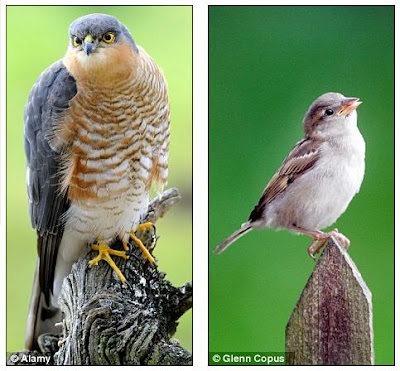 The miniature frog grips a pencil tip at the Blue Reef Aquarium in Portsmouth, where dozens of the rare but lethal species have been bred
The miniature frog grips a pencil tip at the Blue Reef Aquarium in Portsmouth, where dozens of the rare but lethal species have been bredHe is less than a centimetre long and is gripping for all its worth to the tip of a pencil. But don't be fooled by the size of this baby 'poison dart' frog, its skin is 200 times more toxic than morphine.
The frogs, among the most poisonous amphibians on the planet, are found only in the wild on the western slopes of the Andes in Ecuador, South America.
But now dozens of the rare species have been bred at the Blue Reef Aquarium in Portsmouth, Hampshire.
When adult they turn bright red with three usually greenish fluorescent stripes, but grow to only a centimetre in length.
Aquarium spokeswoman Jenna MacFarlane said: 'These beautiful frogs are under increasing threat in the wild due to loss of habitat and pollution and we are delighted to have been able to breed them successfully here.
'It's imperative we are able to mimic exactly their wild environment in order for the species to thrive in captivity and it's a real achievement they are breeding so successfully.
'They've passed the critical stage of development from tadpoles into froglets and they now look like perfect miniature replicas of their parents.'
 Dwarfed by a ten pence piece, the frog's skin has 200 times more toxin than morphine
Dwarfed by a ten pence piece, the frog's skin has 200 times more toxin than morphineThe World Conservation Union considers the phantasmal poison frog to be endangered, which means that it faces a very high risk of extinction in the wild.
The species is now thought to survive in only seven sites on mountains in parts of Ecuador.
Ms McFarlane said: 'Despite their deadly status, it is hoped that the phantasmal poison frog could one day help save lives.
'Scientists have discovered that an extract from the skin of the phantasmal poison frog Epipedrobates tricolor can block pain 200 times more effectively than morphine, and without addiction and other serious side effects.'
source: dailymail

































































